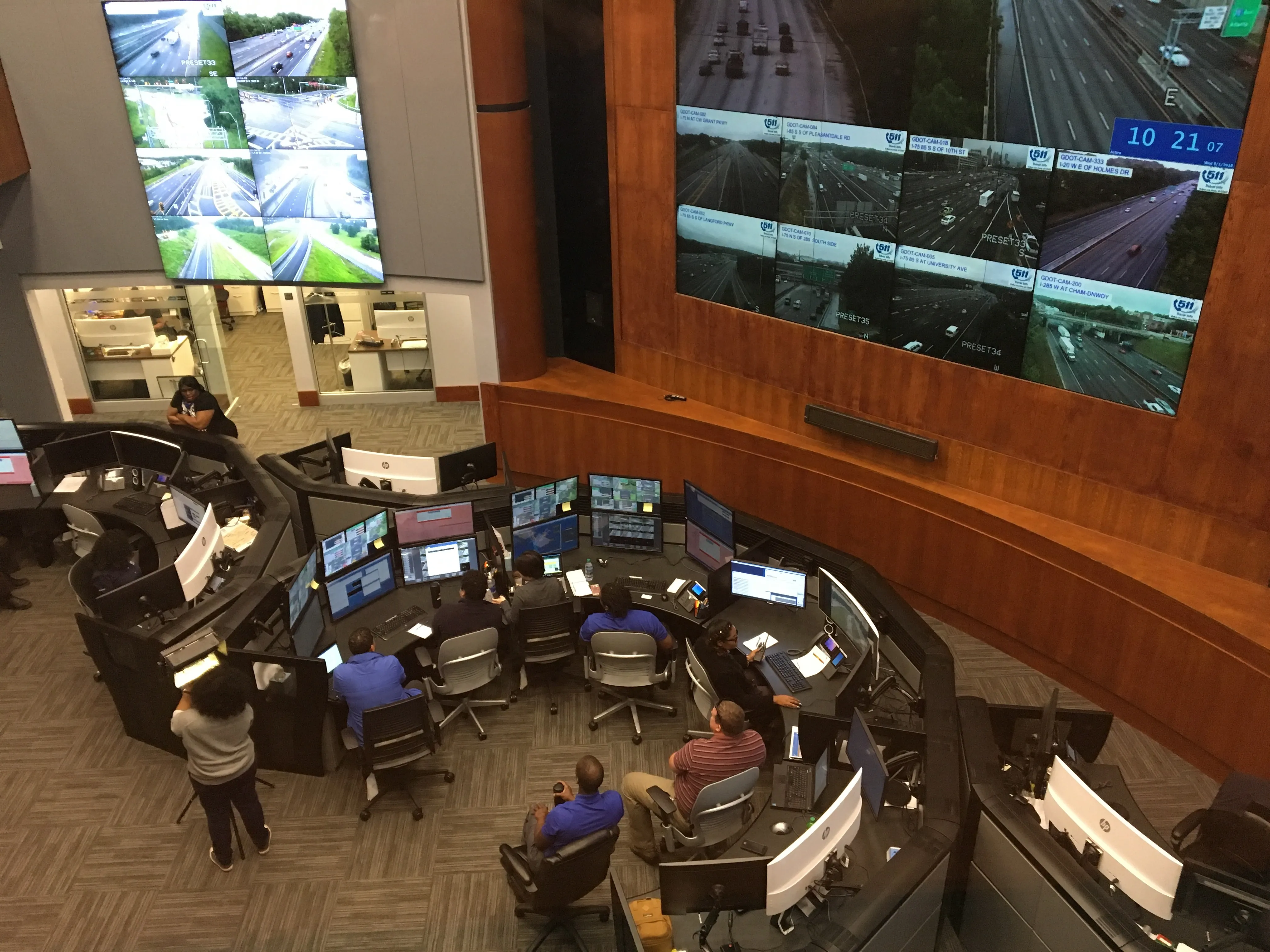Wabtec is to supply the Alaska Railroad Corporation with positive train control (PTC) equipment and services, including computer-aided dispatch and back office systems. The systems will be installed on the railroad's 525 miles of controlled track, which are used for both freight and regularly scheduled passenger service.
Under the contracts, worth US$16.6 million, Wabtec will provide its interoperable electronic train management system (I-ETMS) equipment and installation of all PTC components for 54 loc
April 3, 2014
Read time: 2 mins
Under the contracts, worth US$16.6 million, Wabtec will provide its interoperable electronic train management system (I-ETMS) equipment and installation of all PTC components for 54 locomotives. Wabtec's scope of work also includes installation of its train management and dispatch system (TMDS), a computer-aided dispatch system to be used for centralised traffic control and track warrant control for all territories; and integration of I-ETMS with Wabtec's back office system. The Alaska Railroad system will be fully interoperable with PTC systems being implemented by Class I railroads in the US.
Albert J. Neupaver, Wabtec's chairman and chief executive officer, said: "PTC continues to be developed and deployed by freight and passenger railroads in the US and this project with Alaska Railroad demonstrates the variety of capabilities we have to assist our customers."
Eileen Reilly, vice president of Advanced Train Control Systems and Technology for Alaska Railroad, said: "Wabtec understood our needs and delivered the computer-aided dispatch that is the cornerstone of our PTC project. We look forward to our continued successful relationship as we implement the I-ETMS PTC at the Alaska Railroad."









